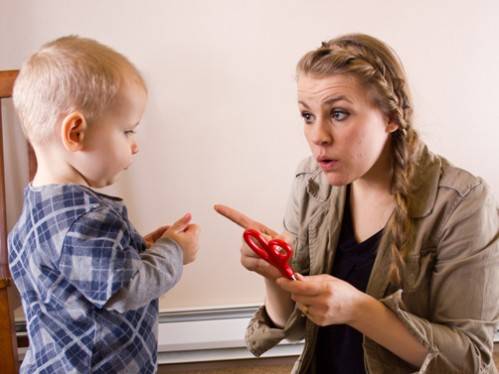
Q & A with Dr Roopa Srinivasan: Must-try techniques to discipline your toddler – Part 2
23 Nov 2015 | 4 min Read
Roopa Srinivasan
Author | 3 Articles
How to handle an aggressive toddler? How to calm down a crying and irritable child? What is ideal to manage a crying baby? Do we distract or do we allow self-soothing? What are some of the Do’s and Don’t for parents and caregivers?
Time Outs:
You have reached thus far. You have praised and reinforced good behavior. You have set clear rules and managed to get everyone at home on board!! Pat yourself. Half your battle is won. Your little one though is still likely to have bad days when she is trying to reconcile with wanting to do or have something desperately but not being able to get it. Time outs can come to your rescue here.
Rules for time outs:
What Time out is not: Time out is not a punishment
Why is it important: Time out is an effective tool because it gives the child a time and place to calm himself down, teaching him self-regulation.
How to implement it: Find a quiet corner of the house (it could be your child’s high chair) where a child can cry herself out. Let there not be attractive things around like favorite toys, gadgets etc as this will defeat the purpose of the time out. Your child may think that to have access to these things, she needs to have a meltdown.
Do not lecture/preach to her in this time, it will start a new cycle of crying.
Once she calms down, do not revisit the incident and pretend as if all is well and start a new activity.
What you have achieved here is:
You have been firm about not giving in to your child’s demands, you have not shamed her for feeling this way, you have not punished her or hit her and most importantly taught her that she needs to calm herself down if she is being upset about something that can’t be changed – AN important lesson!
A child may resort to thumb sucking, rocking etc to calm herself down. This is not an abnormal behavior and the child should be allowed to do this. The more you try to stop her, the more she would want to do this creating yet another vicious cycle!
Other Ways to discipline your child
Do distract. If your child is doing something you don’t want them to do, your first instinct is probably to say “stop,” or “don’t”. But they are more likely to stop if you suggest an alternative behavior or activity. For instance, if she is playing with something breakable, saying “hands in your pockets,” or “put it on the table,” or even “come play with this ball,” all suggest definitive, alternative actions that she can pursue—and repeat in the future.
Do give choices. When an activity or behavior is non-negotiable, be sure to give your child choices where possible. This gives the child a measure of control over his life, while still accomplishing what you need. For instance, try this if you’re trying to get him to go to sleep – “You have to go to bed now. Do you want to wear your blue pajamas or green pajamas? Do you want to sleep with your special blanket or stuffed giraffe?”
How is it possible that a child behaves differently at home and at school?
The answer should be obvious by now. An environment that is consistent, predictable and structured will bring out the best in your child.
To know more from a leading developmental pediatrician, read the series: Terribe twos, Must try Techniques to discipline your toddler – Part1, The Helpful Guide to managing your young toddler’s behaviour
A


Suggestions offered by doctors on BabyChakra are of advisory nature i.e., for educational and informational purposes only. Content posted on, created for, or compiled by BabyChakra is not intended or designed to replace your doctor's independent judgment about any symptom, condition, or the appropriateness or risks of a procedure or treatment for a given person.
